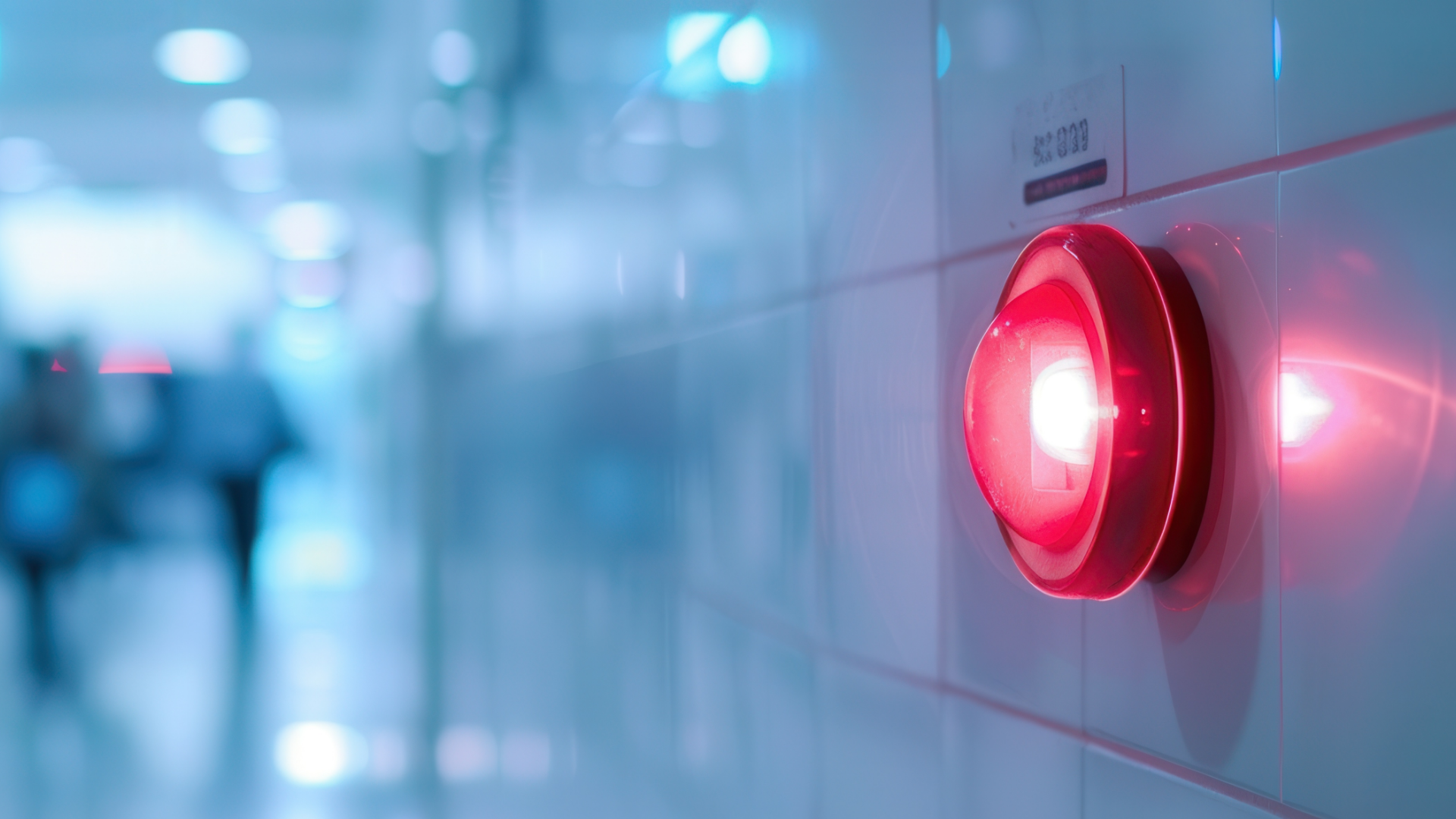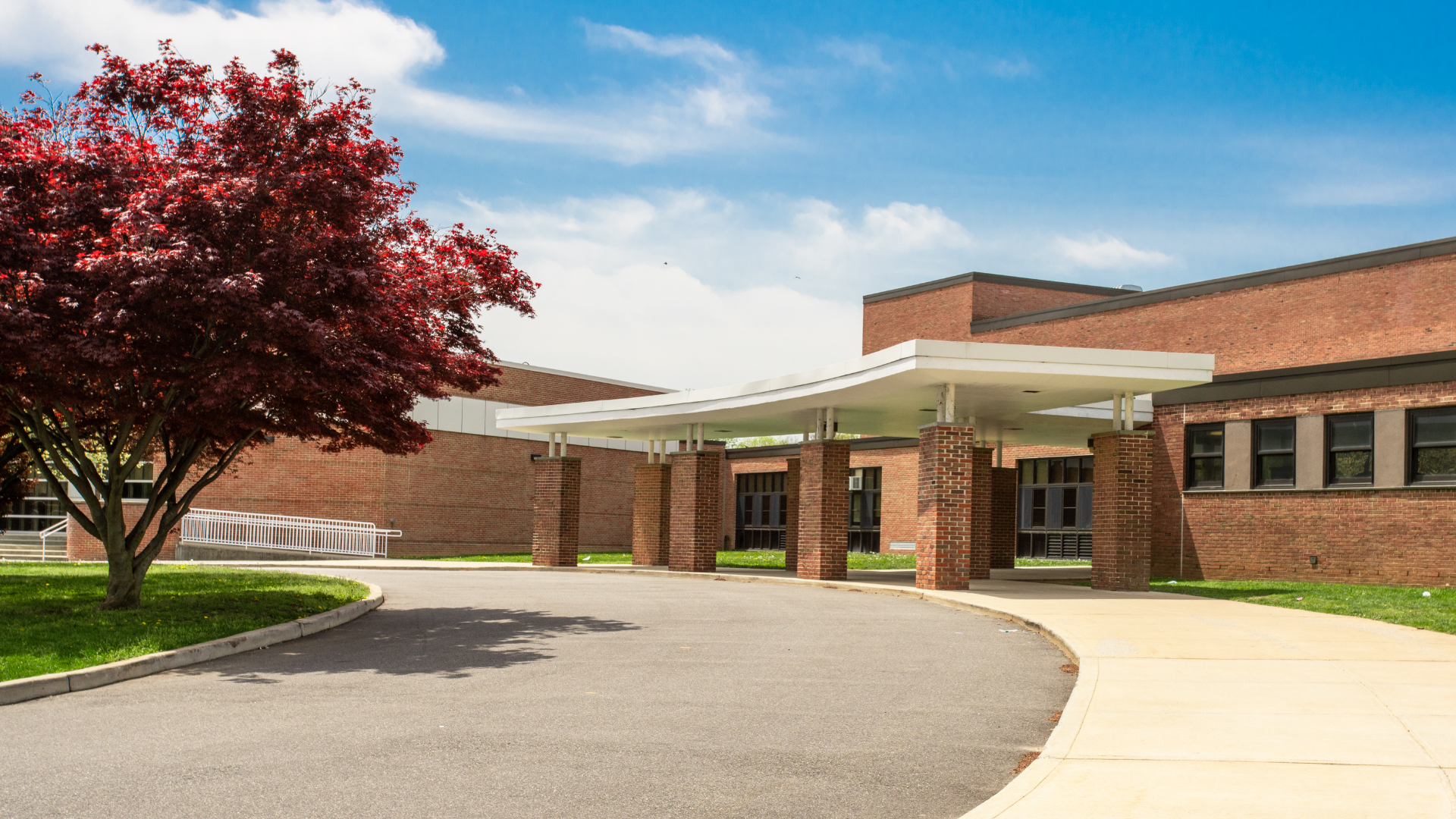Blog Post
The Ultimate Guide to Emergency Preparedness

Emergency preparedness is essential for keeping people safe and resilient during unexpected events. For facility and maintenance professionals, it means taking proactive steps to minimize risks and plan for potential disasters.
At its core, emergency preparedness involves planning, organizing, and practicing how to respond to various emergencies, from natural disasters like hurricanes to human-made crises such as fires or security threats. The goal is to equip people and organizations with the knowledge, resources, and strategies needed to respond quickly and effectively. This requires continuously updating and testing your plans to ensure readiness for whatever may come.
Natural Disasters
Hurricanes, earthquakes, tornadoes, floods, and snowstorms can cause widespread damage and disruption, often striking without warning. Being prepared for these events involves knowing evacuation routes, having an emergency kit ready, and taking steps to secure your property from the forces of nature.
Preparing for a natural disaster before, during, and after it occurs is essential. The most important priority is staying safe and taking the necessary steps to protect yourself and others.
Man-Made Disasters
Man-made disasters often occur with little to no warning and can be devastating. Terrorism, chemical spills, and nuclear accidents are just a few examples of incidents that can unfold in an instant.
A clear response plan is crucial for these types of disasters. This should include having personnel ready to act, well-prepared evacuation plans, and effective communication systems in place. Emergency response teams must also have access to medical supplies, communication tools, Personal Protective Equipment (PPE), and other essential resources.
Maintenance Emergencies
Imagine the chaos of a burst pipe or an HVAC system failing in the middle of summer. These urgent situations, like sudden electrical outages or equipment breakdowns, can throw your entire facility into disarray, causing property damage, safety hazards, and major disruptions if not addressed promptly. Preventing these events is critical.
Facilities often house critical infrastructure and valuable assets, making effective emergency preparedness essential for protecting these resources. For commercial facilities, disruptions can lead to significant financial losses. An emergency plan ensures that operations can resume quickly, protecting the business’s interests and reducing downtime, while also keeping personnel informed and safe.
Creating an Emergency Preparedness Plan
Developing an emergency plan requires key elements, but there’s no universal approach that works for every situation. Each plan should be customized to fit the unique needs of your organization and facilities. Here are some tips to guide you in preparing an effective emergency plan.
Assess Risks
Identify the most likely emergencies you may encounter, such as natural disasters like floods or earthquakes, security threats such as break-ins or active shooters, or equipment failures like power outages or HVAC breakdowns. For instance, if your facility is in a flood-prone area, flooding should be prioritized in your emergency plan. Collaborating with someone in your organization who knows the history of past incidents can provide valuable insights. This approach will help you focus your preparation efforts on the most relevant threats. Staying aware of potential risks is key to being better prepared for any unexpected situations.
Prepare Your Team
Clearly assign roles to individuals or teams so that everyone knows their responsibilities during an emergency. A clear chain of command helps reduce confusion and keeps everyone on the same page. Including subject matter experts (SMEs) can help your team understand the scope of potential emergencies, organize effectively, and plan with greater confidence.
Five Steps of The National Preparedness Goal
- Prevention
- Mitigation
- Preparedness
- Response
- Recovery
Communications
Make sure you have reliable communication systems in place for both internal and external communication during an emergency. This includes emergency contact lists, notification systems, and clear communication protocols.
Resources
Prepare necessary resources such as emergency kits, medical supplies, and PPE. Regularly review and update these supplies to ensure they are adequate and current.
Train and Test
Conduct regular training and drills to ensure everyone knows how to respond effectively. Testing your plan helps identify any gaps and allows for continuous improvement.
Using QmodoAI for Emergency Preparedness
QmodoAI can enhance your organization’s readiness for emergencies by providing instant access to critical information. Imagine a fire drill where step-by-step checklists and interactive floor plans with marked exits are available at the tap of a button to everyone in your organization.
During emergencies, QmodoAI ensures personnel have immediate access to essential information, enabling them to follow established plans rather than relying on instinct. This quick, easy access can make all the difference in managing emergencies effectively.
For more information on how QmodoAI can transform your emergency preparedness, click on our Emergency Preparedness Guide.

